Engineering services and online support of the descent
Advanced completion and intervention solutions through dedication.
15 years
High expertise
Amet minim mollit non deserunt ullamco est sit aliqua dolo.
12000 hours
Online support of descents
Amet minim mollit non deserunt ullamco est sit aliqua dolo.
95 %
Successful descents
Amet minim mollit non deserunt ullamco est sit aliqua dolo.
Our powered services are made to support clients in hard conditions
Amet minim mollit non deserunt ullamco est sit aliqua dolor do amet sint. Velit officia consequat duis enim velit mollit. Exercitation veniam consequat sunt nostrud amet.
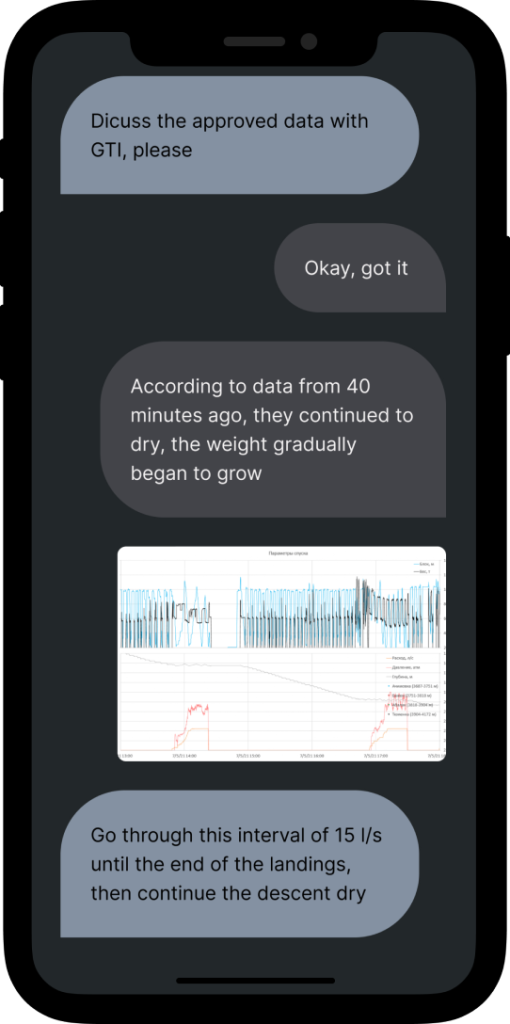
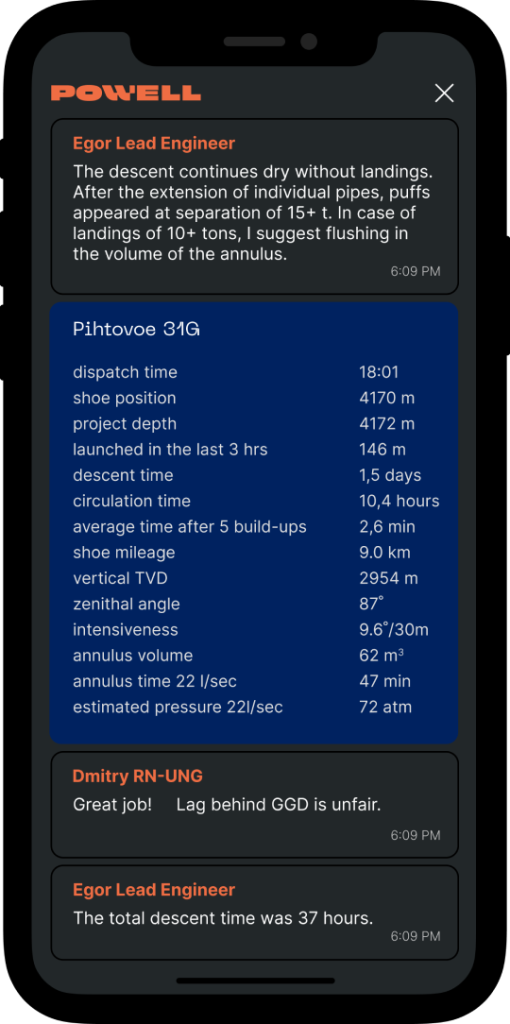
We are an engineering company with tools in the game – from our high-speed reaming tools, to our patented, Award-Winning AMP: All Metal Power section technology.
Amet minim mollit non deserunt ullamco est sit aliqua dolor do amet sint. Velit officia consequat duis enim velit mollit. Exercitation veniam consequat sunt nostrud amet.
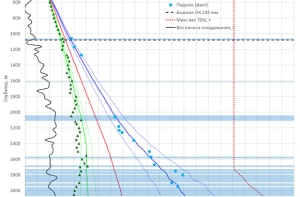
Torque & Drag model
The Torque&Drag model was developed to determine the friction factors in the run and monitor their changes. The data from the descent map is used to make decisions about the need for circulation and changes in the parameters of the descent. In addition, this tool provides information about the effect of flushing on the descent, the effect of the tool on the birth of the column, allowable tensile and compressive forces.
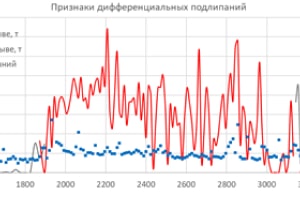
Differential sticking
The differential bar shows the magnitude of the initial force after you find the column without movement. On the basis of this diagram it is possible to make a timely decision about flushing, introduction of a colmating agent (LCM), acceleration of sedimentation, changes in pipe speed and flow rate
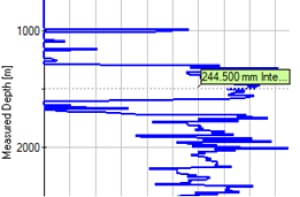
Stand off
The calculation of centralization shows how efficiently the centralizers will work, taking into account the depth, the geometry of the well, the lateral forces and the parameters of the centralizer itself.

Lateral forces
The differential bar shows the magnitude of the initial force after you find the column without movement. On the basis of this diagram it is possible to make a timely decision about flushing, introduction of a colmating agent (LCM), acceleration of sedimentation, changes in pipe speed and flow rate
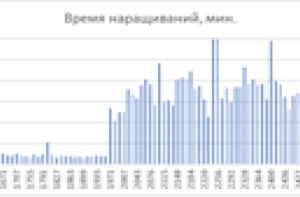
Build-up time
Use the automatic build time chart to estimate the impact of this factor on effort and total flight time.

EMW
Calculating EMW as a function of the rate of descent, flow velocity, and depth allows you to choose the optimal mode for effective flushing of the barrel without causing problems with the stability of the well. With this calculation you can also evaluate the dabbing/flushing effect.
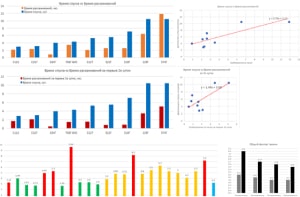
Post-run statistics
At the end of each descent, a statistical analysis of the influence of various factors on the descent is performed. Based on the results of the analysis, measures are proposed to optimize the descent, avoid accidents and shorten the time. (Images can be compiled into a collage, details in the images are optional).
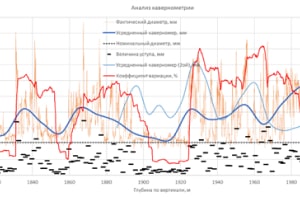
Cavernometry data
Prior to descent, the cavern measurement data are analyzed and the variance of the actual diameter of the well is calculated. This analysis provides an estimate of the intervals at which complications may occur and the load that must be placed on the shoe.
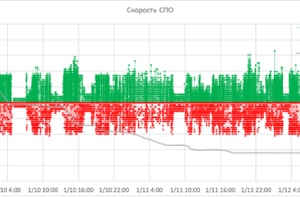
Speed controlling
Controlling the speed of the block prevents the influence of the smear on the condition of the barrel and the conditions of the descent
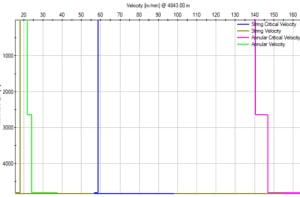
Velocity
Calculating the flow rate of the solution allows you to choose the optimal parameters of the descent to achieve maximum efficiency in cleaning the hull.
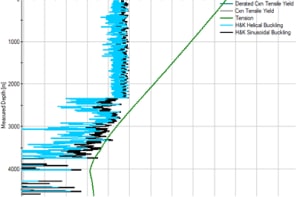
Tension
Calculation of the adjusted loads is performed both before descent and promptly at the current depth in case of problems. This calculation shows the compressive and tensile forces on the column and the load at which folding occurs (buckling).
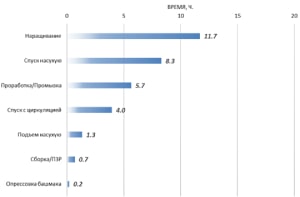
Time balance
The operating time balance is automatically updated during the flight. It shows the most time-consuming operations and is also a practical tool for statistical post-run analysis
